The disabled activist who led a historic 24-day sit-in
- Published

The UK is marking 25 years of the Disability Discrimination Act, while this year is also the 30th anniversary of the Americans with Disabilities Act. But the US law owes much to a group of disabled people who staged a sit-in more than a decade earlier - led by a determined young activist, Judy Heumann.
Judy Heumann was being pushed in her wheelchair to the sweet shop by a friend, when a boy approached and asked if Judy was sick.
She was about eight at the time, and had been a wheelchair user for as long as she could remember, after contracting polio when she was 18 months old.
"I think that was really the first time I ever realised that people saw me as different," she says.
"I felt very upset and I didn't really know how to handle my emotions. I didn't yell at him, but I did say, No, I wasn't sick. I remember it very vividly."
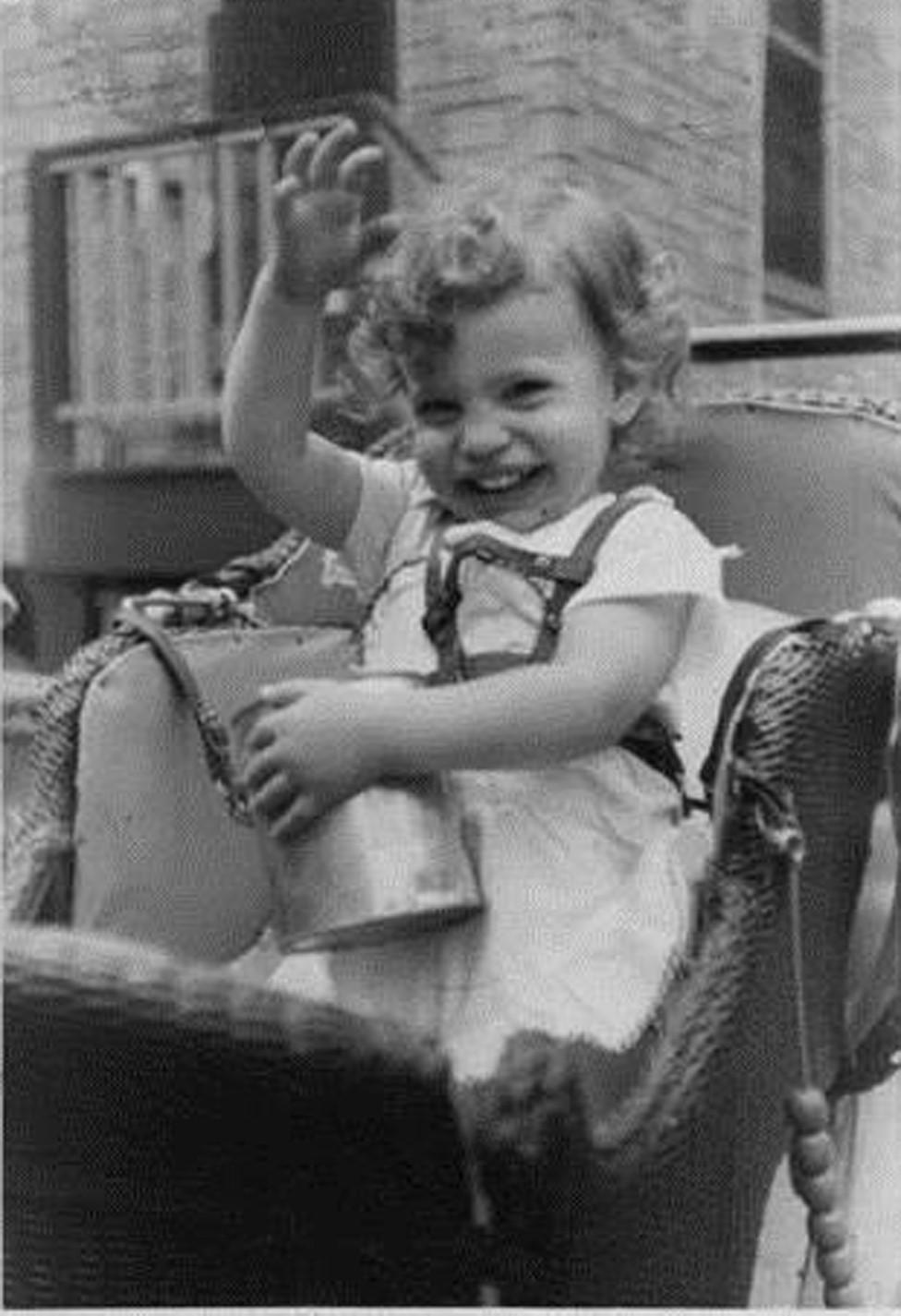

As a child she played with her friends in the street, went to Brownies, and had piano lessons, but the boy's flippant remark caused her to realise something important: "The world thought I was sick."
But, if she was seen as sick, she writes in a book about her life, then she would be expected to stay at home, not go to school, and not be "part of the world".
"All the things that were happening - from the most basic of having to get pulled up steps all the time, to not being able to go to school. All these things began to make me realise that, although my parents had expectations that I would be like my brothers, the system itself did not."
Everything began to fall into place says Judy.
Judy Heumann spoke to Outlook on the BBC World Service (Producer Fiona Woods)
Her mother and father, Ilse and Werner Heumann, had been among 1,400 Jewish children and teenagers sent by their parents from Germany to the US to escape the horrors of the Holocaust. Neither of them ever saw their parents again.
The couple had met in America, got married and were united in their belief that you should always speak up if you see any wrongdoing and treat everyone in the world equally. Mealtimes at their home in Brooklyn were daunting for some visitors.
"If we invited people over, my friends would always say afterwards, 'How come you didn't tell me what your table was like?'" she says.
"Because I guess people were very used to sitting down and having a meal and having little chitty chatty discussions. That never happened in our house. The table at our house was always heavily engaged in discussions, what was going on politically, analysing things.
"When my cousin got engaged, he told his fiancée, 'When you come to the house of my uncle, don't ask questions, because if you ask a question and you don't know the answer he will send you to the encyclopaedia and have you write a report.'"
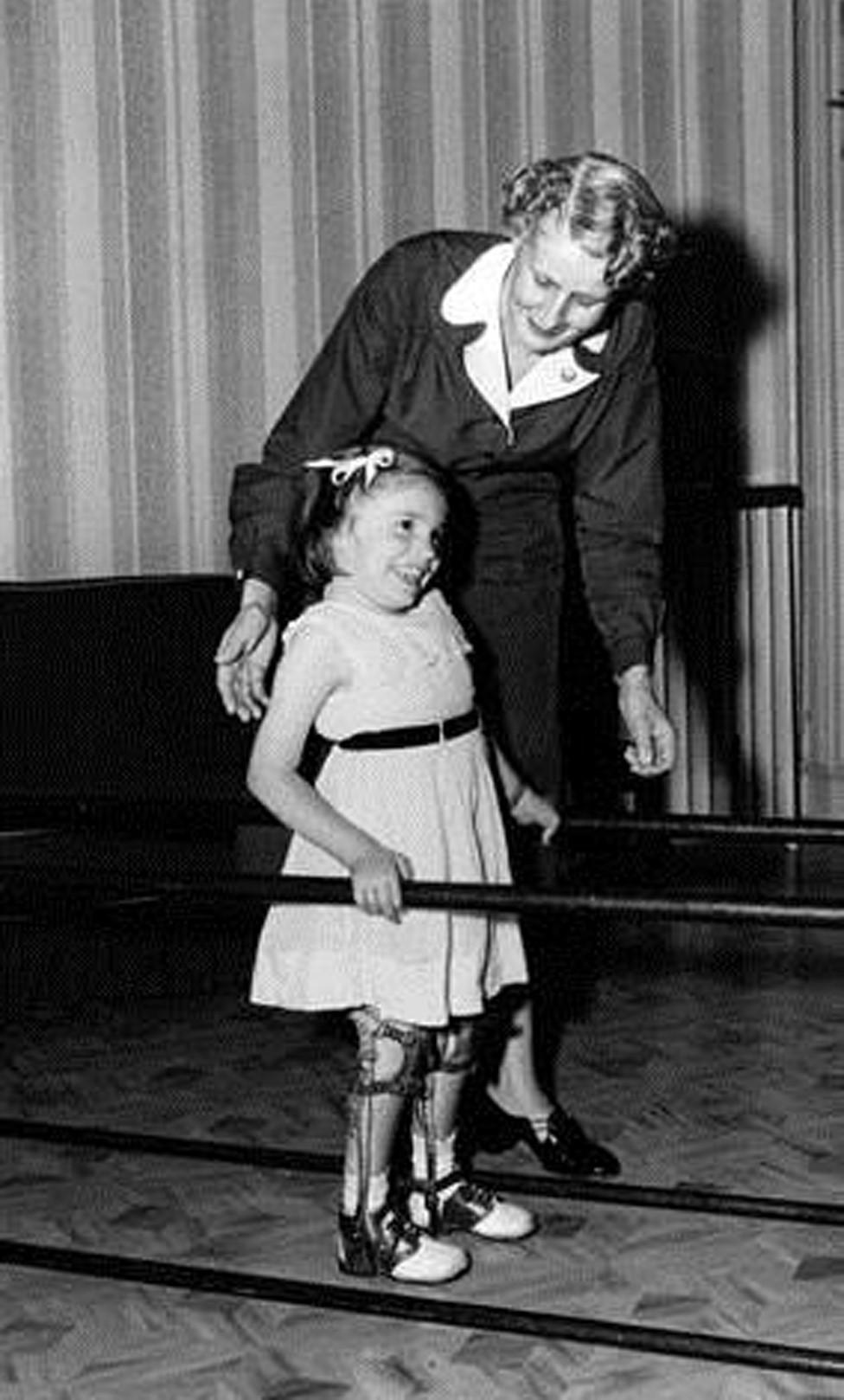
Judy's mother was fiercely determined

In the 1950s, educational opportunities for disabled children were limited.
Judy had not been allowed to attend pre-school, because her wheelchair was considered a "fire-hazard".
And when her mother attempted to get her into a Jewish day school at the age of five, the principal refused on the grounds that Judy didn't know enough Hebrew.
Fiercely determined, Judy's mother responded by arranging private lessons.
"Every day she took me to someone's house who tutored me in Hebrew, and then she called the principal at the end of the summer and said I could pass whatever test they wanted," says Judy.
"Of course she never realised that he had no intention of letting me in the school."
The UK's Disability Discrimination Act at 25
Judy was taught at home for four years. Then, when she was nine, her tenacious mother finally managed to get her into a school. The classes for disabled children were taught in the basement, though, and she only got to mix with the non-disabled children once a week at assembly.
"At that age you don't use the term 'second-class citizens', but it was quite clear that we were not being treated the same," she says.
Judy had aspirations to be a teacher, but had been cautioned that she might not get the funding to study education because, at the time, teaching for a disabled person was not considered a "realistic" career.
Instead she got a place at Long Island University in New York to study speech therapy. But one incident in her student dormitory brought back painful reminders of the past.
"It was a Friday evening and someone knocked on the door and said there were three guys and two women, and they were looking for another woman to join the group [for a triple date] and did I know anybody," says Judy. "I remember just looking at this guy and again, the same thing, 'Are you sick?' came back into my mind. I didn't cry. I didn't yell. I just said, 'No.'
"But then when I closed the door, it was this whole thing again of clearly not being seen as someone who could be sexual or that a guy could be interested in."
Judy, who is now 72, says the prejudice she encountered is still really painful to think about even now.
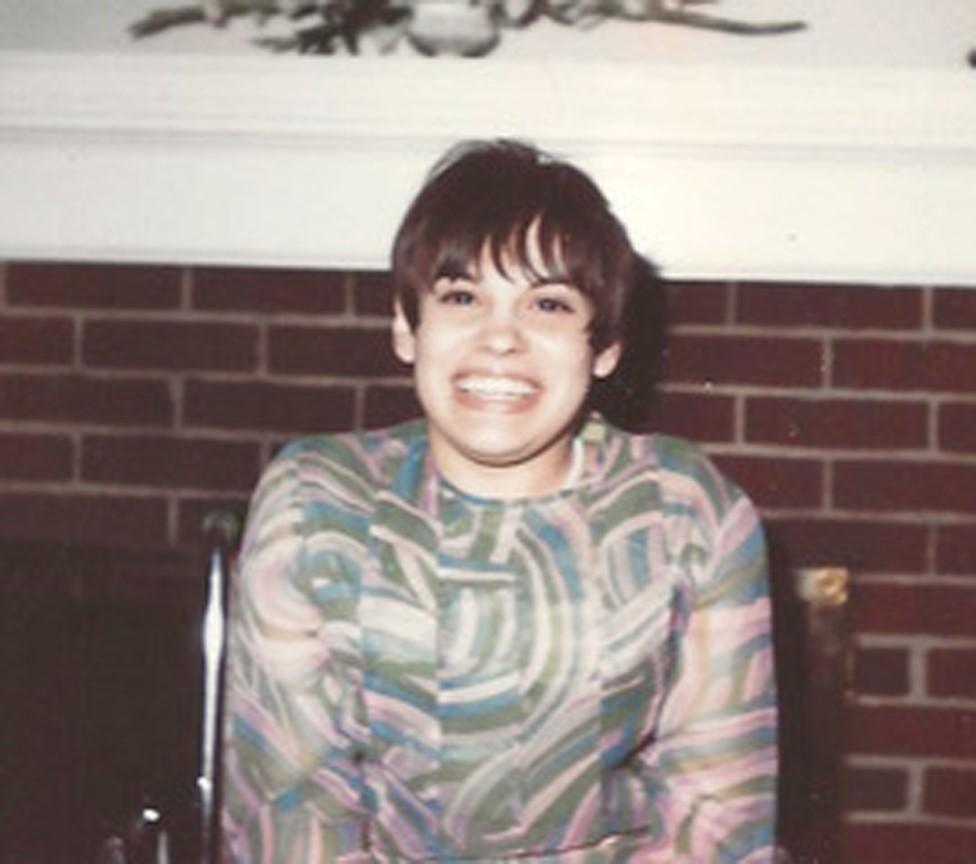
Just like her mother, Judy wanted to stand up against discrimination and not let it go unchallenged. At university, she began to become more politicised and won a place on the student council, but her biggest fight came later.
Due to rising demand for teachers in the 1960s, after the post-war baby boom, Judy discovered that she could after all be considered for a teaching post, even though her degree had not been in education. Up to that point, however, the New York City Board of Education had never employed any teacher who used a wheelchair.
Judy soon passed all the tests required to gain her teaching credentials. The final medical examination should have been routine, but the doctor's tests and questions quickly changed from the routine to the impertinent.
"She asked me a question, like, 'Could I show her how I went to the bathroom?'" says Judy. "Honestly, at the age of 22, I was completely speechless, and I was thinking, 'Who is ever going to believe me that this is a question that someone asked me?'"
Angry and flustered, Judy completed the medical examination, but three months later received a letter in the post - she had not been awarded a teaching licence. The reason given was: "paralysis of both lower extremities".
"I didn't automatically think I'm going to sue, because I was really worried," says Judy.
"What if I got the teaching licence, and I didn't do a good job, was that going to be a bad mark for disabled individuals?
"Because while non-disabled people fail at things all the time, and nobody thinks, 'I'm not going to hire another non-disabled person,' in the area of disability, when it comes to employment - you'll hear this all around the world - if they hire someone with a disability and they don't do a good job, frequently they'll think, 'I can't hire any more of them.'"
By chance, a friend of Judy's had been working with the New York Times who alerted the paper to her story. An article about Judy's experience was published, external and she was contacted by a civil rights lawyer who took up her case.
Her father ran a butcher's shop and one of his customers also asked if he could represent Judy.
"I had a team of lawyers that were going to provide services for free," she says. "Then I was invited on a major national television programme, and for about a year there were stories in all the major newspapers in New York, and other parts of the country."
The New York City Board of Education settled out of court and Judy subsequently became the first wheelchair user to teach in the city.
With her new-found fame, Judy began to be approached with other stories of discrimination and in 1970, set up an organisation called Disabled in Action which aimed to protect the civil rights of disabled people.
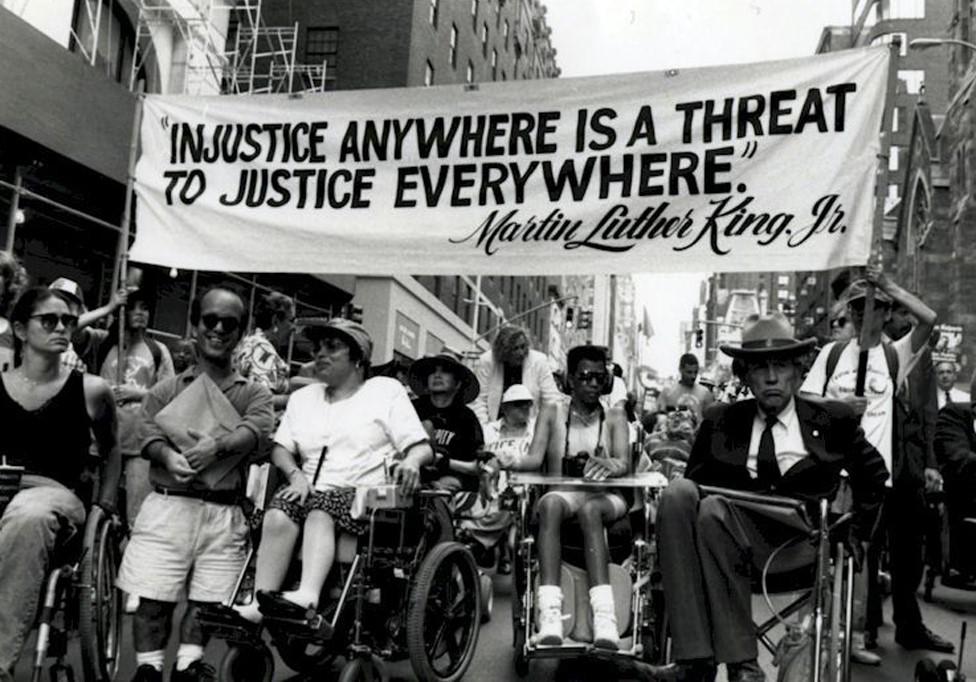
Judy Heumann demonstrating (in white T-shirt and cap)
Around that time, the group took particular interest in a piece of legislation called the Rehabilitation Act, which was going through Congress. A clause in the act, called Section 504, had the power to change the lives of disabled people.
"It was a very important provision, because it would mean, for example, that you could not discriminate against someone with a disability in pre-school, in elementary school, in high school, at universities, in hospitals, in government," says Judy. "Any entity that got one penny of federal money would not be able to discriminate, and if in fact discrimination occurred, you would have a remedy. You could go to court. You could file a complaint."
The Act was vetoed by President Richard Nixon, but Judy and her colleagues knew Nixon was attempting to get re-elected, and with four days to go until the election in November 1972, travelled to his campaign headquarters in Madison Avenue, New York, to protest.
The New York Police Department did not remove the protesters and even helped them find the exact location of Nixon's offices.
"The police that day were really very friendly," says Judy. "Obviously, we were completely disrupting the city. But it turned out that there had been a number of shootings of police officers and some of the police officers who were with us were involved with helping their friends get physical therapy, or they really understood things that we were talking about.
"So they were actually in their own quiet way, supportive of what we were doing, and that was also very telling, to realise that disability really does impact everybody."
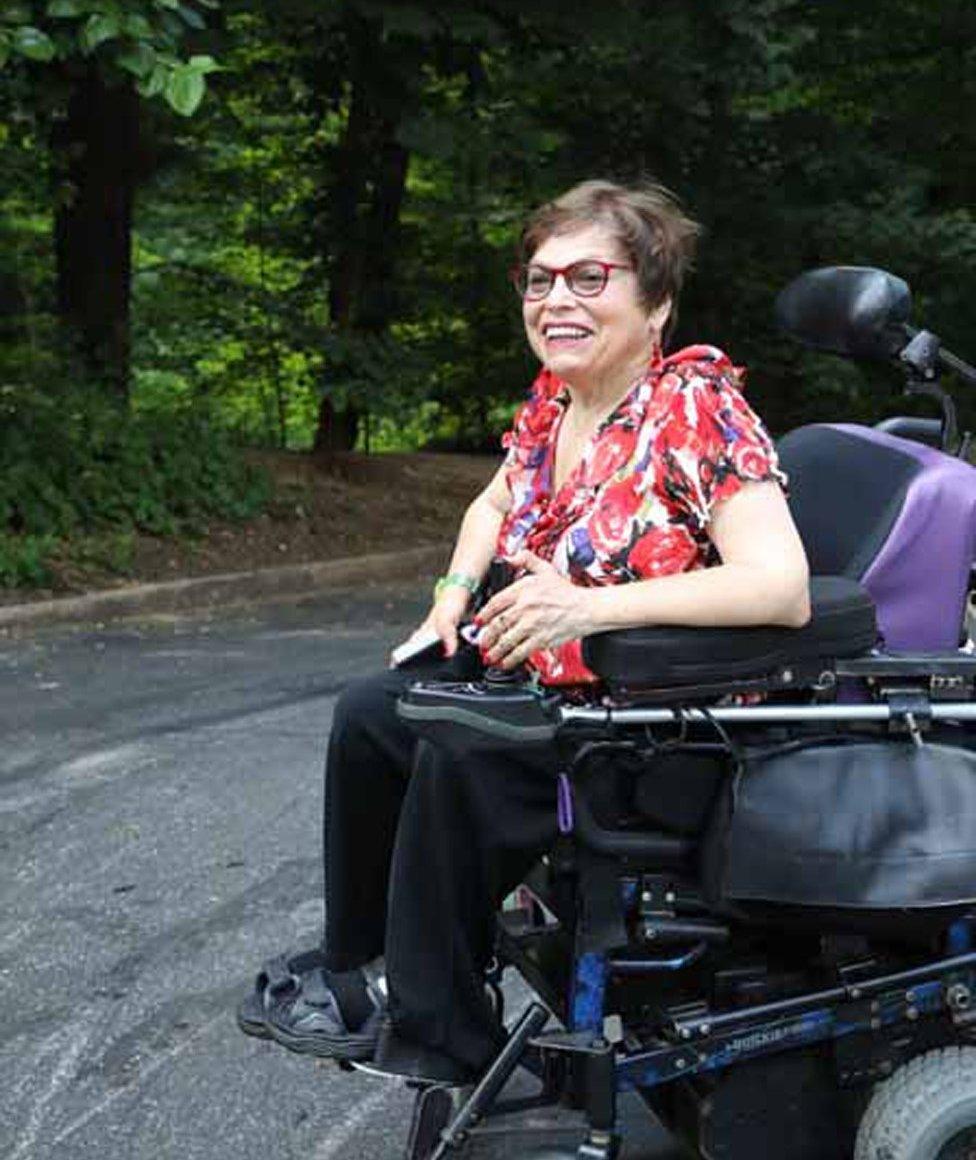

Although the Act was finally signed in 1973, Section 504 was still not enforced. In practice, federal buildings could be inaccessible to disabled people, and they still could not go to court to prevent this, or other forms of discrimination.
By the time Jimmy Carter was elected president in 1976, Judy was living in Berkeley, on the West Coast; she had given up teaching and activism was taking up more of her time.
During his presidential campaign, Carter had vowed to enforce Section 504, but two months into his term of office, the secretary of health, education and welfare, Joseph Califano, announced he needed additional time to review it.
"We were very, very concerned that they were going to make drastic changes to the rules," says Judy.
"We had been fighting very hard for many years to get the rules [to] where they were. So we said, if the regulations were not signed by a certain day there would be demonstrations around the country in nine or 10 cities."
The deadline given by the American Coalition of Citizens with Disabilities (ACCD), which Judy had helped to found, was 5 April 1977.
But the date came, and nothing had happened. So the protests began. "Blind people, deaf people, wheelchair users, disabled veterans, people with developmental and psychiatric disabilities and many others, all came together," as Judy has described it. , external
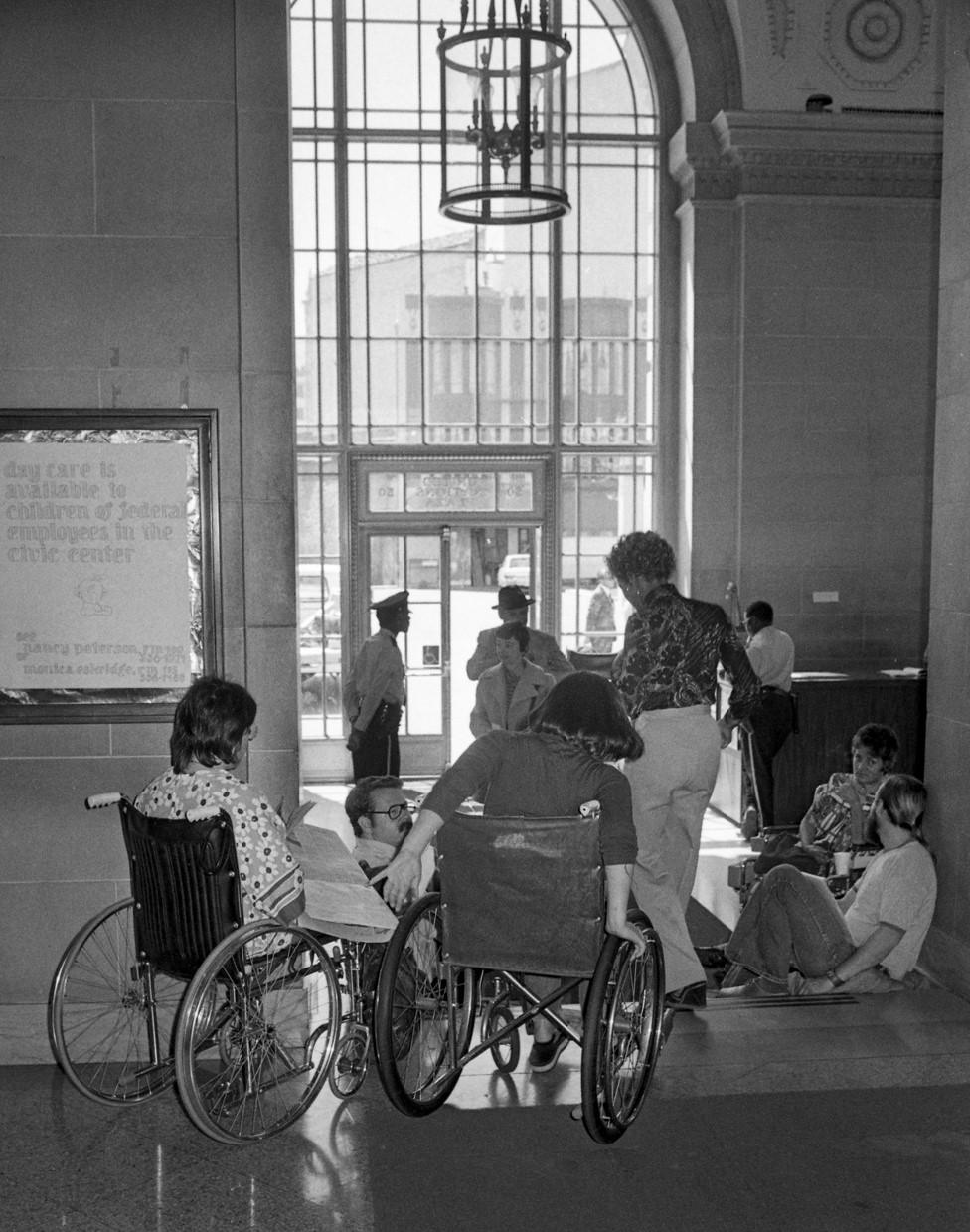
Protesters at the 504 sit-in

Judy was among 150 who staged a sit-in at the Health, Education and Welfare building in San Francisco, refusing to leave until Califano signed the regulations. There were no showers and no means of communication, as the phone lines had been cut.
People began to get creative. Messages were relayed to people outside the building using sign language. Judy remembers a fridge being fashioned from an air conditioning unit and duct-tape. Hoses were attached to sinks in the bathrooms so people could wash their hair. Food was donated by restaurants and groups sympathetic to the cause; members of the Black Panthers, a black power organisation, also delivered hot meals every night.
As there were no beds, the protesters slept on mattresses provided by supporters.
The sit-in was long and arduous and for various reasons the protests in other cities, from Atlanta to Seattle, came to an end. The longest of them, in Los Angeles, lasted four days.

Demonstrations took place at other federal buildings on 5 April 1977, this one in Boston
But the protesters in San-Francisco kept going. They kept their spirits up with singing, games, wheelchair races in the hallways and even an Easter egg hunt on Easter day, and by helping each other, says Judy.
"At the very minimum, we were really forming a closer-knit group of people," says Judy. "People were getting tired, we didn't know what would happen, but I personally felt like what we were doing was going to achieve something."
Eleven days had passed when a representative from Califano's office arrived to meet the protesters. As Judy spoke to him, she became tearful with emotion.
"We will no longer allow the government to oppress disabled individuals," she said in a speech recorded on camera. "We want the law enforced. We want no more segregation. We will accept no more discussion of segregation, and I would appreciate it if you would stop shaking your head in agreement when I don't think you understand what we are talking about."
Judy remembers that it was the visitor's silence that made her most upset.
"I felt that he was just nodding his head because he didn't know what else to do, and I was very emotional about it, because I think it [is] a real glaring point that when people don't know what to do, frequently, or don't understand, they don't necessarily ask a question."
Two weeks into the protest, Judy and a delegation of some of the activists from the sit-in travelled to Washington DC to put even more pressure on Califano. They held candlelit vigils outside his home and even rammed their wheelchairs into the doors of his office building after being refused entry.
But it had no effect, and after more than a week in Washington things looked really bleak, as Judy sat in a bar on Capitol Hill.
"I had stopped smoking and I started smoking again," she says, describing her state of agitation.
But then a report was broadcast on the television in the bar with the news Judy had been waiting so long for. Califano had finally signed the legislation.
It was 28 April 1977, and victory had been achieved after 24 days, making this the longest sit-in of a federal building in American history, a record that holds even today.
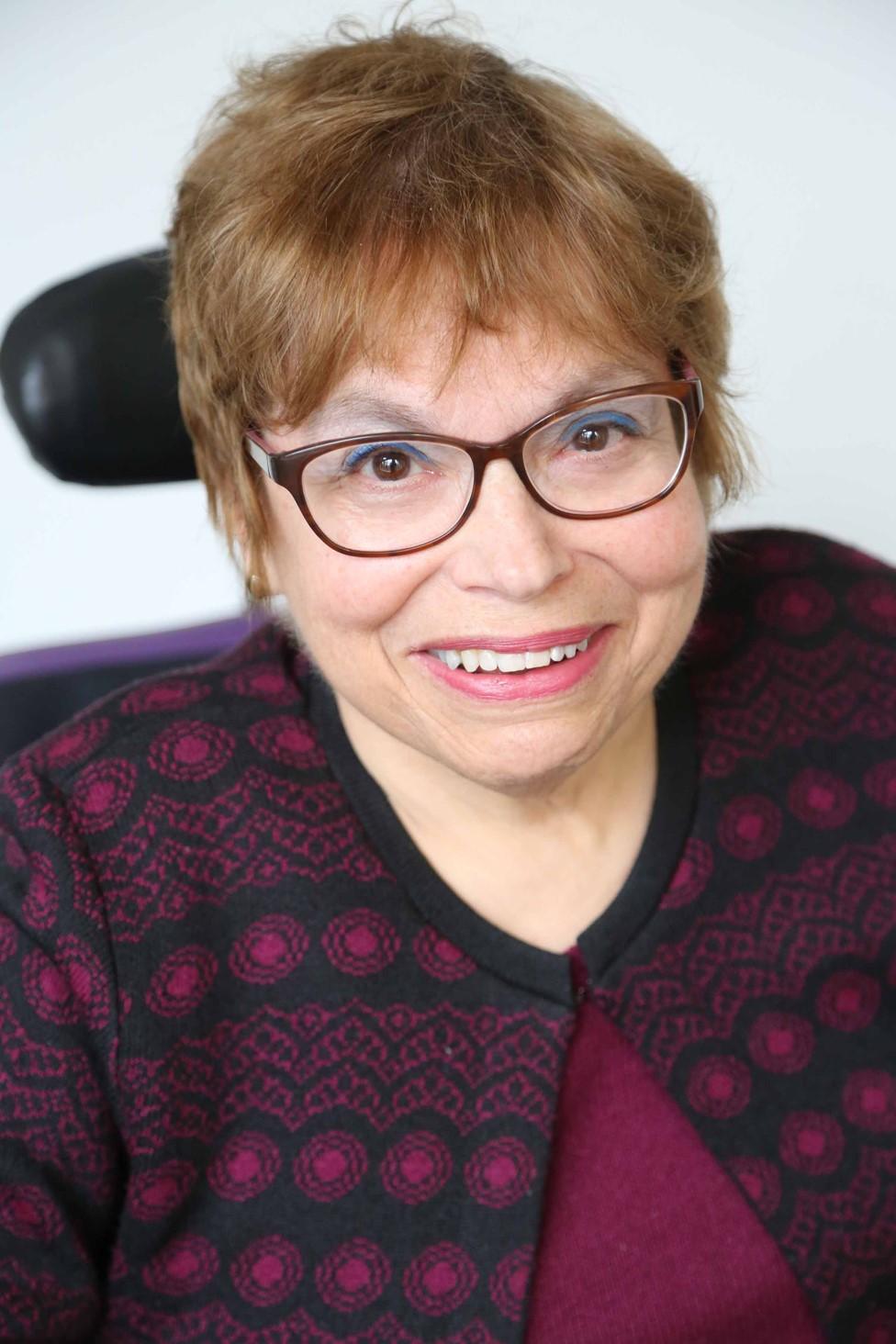
Although they could now return home, people were hesitant to leave.
"When you live together you really get to know people in a different way, and one of the issues with leaving was it wasn't going to be the same, and these relationships were going to change" says Judy. "This group of what one could have defined as a ragtag group of people really made an amazing difference."
Section 504 paved the way for the Americans with Disabilities Act (ADA) in 1990, which borrowed some of the same wording, but extended the anti-discrimination rules to private sector workplaces, and resulted in significant changes to accessibility.
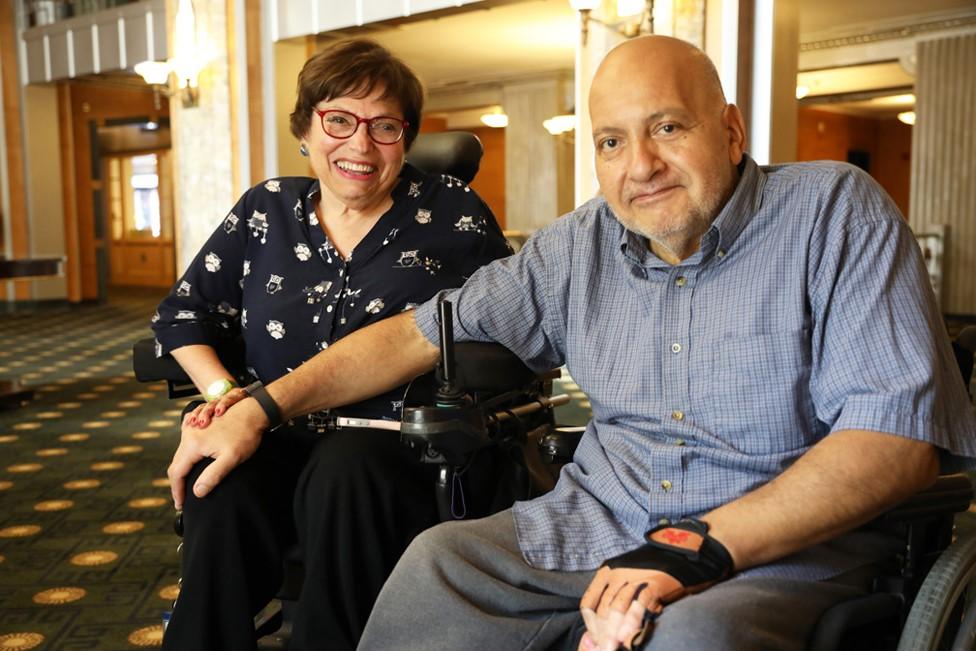
Judy with her husband, Jorge
Judy's fight for equal rights for disabled people did not stop there. She went on to serve in the Clinton administration from 1993 to 2001 as an assistant secretary in the Office of Special Education and Rehabilitation Services in the Department of Education, and was appointed special adviser on International Disability Rights by Barack Obama.
That eight-year-old girl who stared in disbelief as a boy asked if she was "sick", has not stopped challenging misconceptions associated with disability.
"I do a lot of public speaking and when I talk to parents, I tell people how important it was for me that my parents, my mother in particular, really fought for me," says Judy. "She would have these spurts, kind of like I do, where something would happen and she would go for it."
She urges all parents to do the same.
Judy's book about her life is entitled Being Heumann: An Unrepentant Memoir of a Disability Rights Activist.
You may also be interested in:
On 23 May 1988 a group of lesbian activists invaded a BBC TV news studio as it went live on air. They were protesting against the introduction of new UK laws to limit LGBT rights. Booan Temple, one of the women who took part in the demonstration, explains her motivation, and how the protest was received.